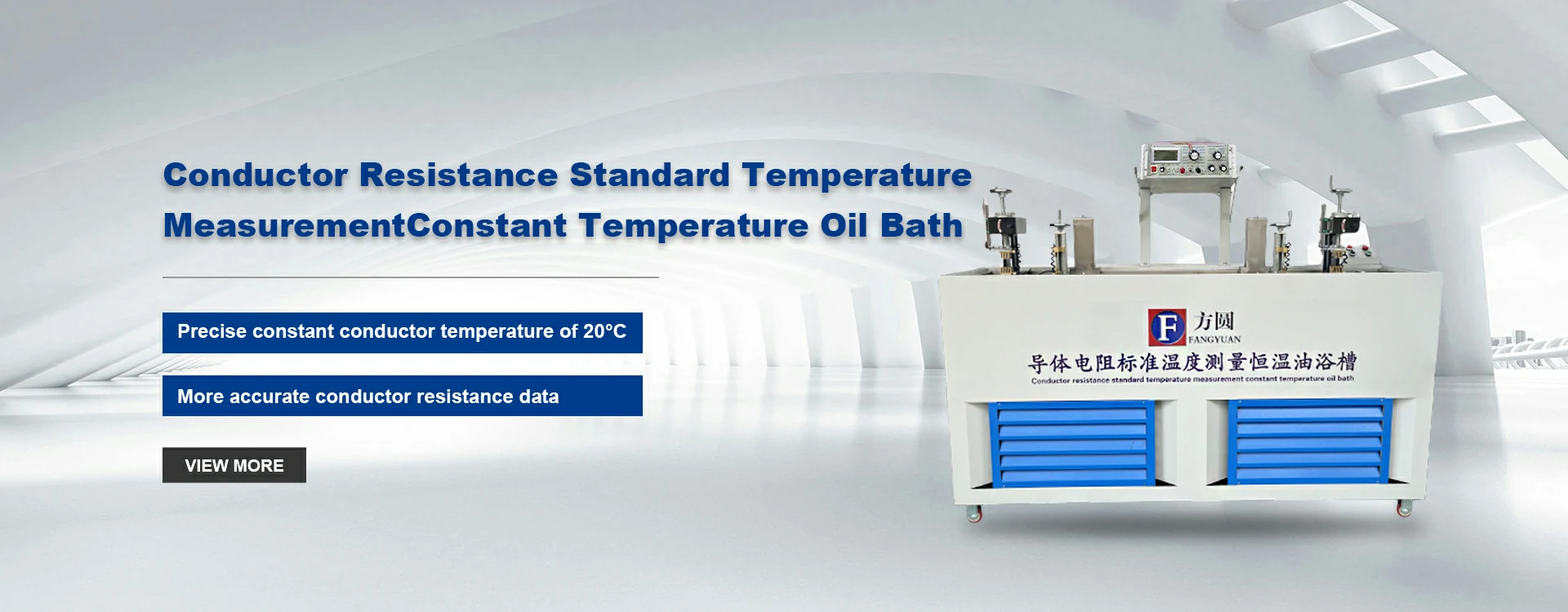Smoke Density Evaluation in Controlled Testing Environment for Safety Analysis
Understanding the Smoke Density Test Chamber Importance and Applications
The smoke density test chamber is a critical tool used in various fields, particularly in safety and material testing. It plays a vital role in assessing the smoke generation properties of materials, especially those used in construction, automotive, aerospace, and various industries where fire safety is paramount. This article explores the significance of smoke density testing, the construction of smoke density test chambers, and their applications in ensuring safety standards.
The Importance of Smoke Density Testing
In the event of a fire, the density of smoke generated from burning materials can pose significant risks to life and health. Smoke can obstruct visibility and impair escape routes, while also containing toxic gases that can harm or even be fatal to individuals exposed to it. Thus, evaluating the smoke density of materials allows manufacturers and safety regulators to select materials that minimize smoke production and enhance occupant safety during emergencies.
Smoke density testing provides quantitative data on how much smoke a material produces when exposed to heat. This testing is crucial for compliance with international safety standards, including those set by organizations like the National Fire Protection Association (NFPA) and Underwriters Laboratories (UL). By using a smoke density test chamber, companies can ensure their products meet these standards, thus promoting safety and compliance in the market.
Structure and Function of Smoke Density Test Chambers
A smoke density test chamber is designed to create controlled conditions for burning materials and measuring the resulting smoke. The chamber is typically constructed using non-combustible materials to prevent interference with the smoke generated during testing. The design includes a heat source to ignite the test specimen, optical detection systems, and collection devices for smoke data.
One of the most common methods used in these chambers for smoke density measurement is the light transmission method, which involves using a laser or light source. As smoke fills the chamber, it obstructs the light beam, and sensors measure the decrease in light transmission over time. This data is then analyzed to determine the smoke density, often reported as specific optical density (D) at various time intervals.
Moreover, smoke density test chambers are equipped with proper ventilation and exhaust systems to ensure that any toxic gases produced during the test are safely neutralized and removed from the testing environment. This safety feature is crucial to protect personnel operating the equipment and to maintain compliance with environmental regulations.
smoke density test chamber

Applications of Smoke Density Test Chambers
The applications of smoke density test chambers span across multiple industries
1. Construction and Building Materials Manufacturers of building materials such as plastics, textiles, and coatings must ensure their products conform to smoke generation standards. Smoke density test chambers allow them to simulate fire scenarios and assess material performance.
2. Automotive Industry In vehicles, interior materials can significantly contribute to smoke generation during a fire. Automakers utilize smoke density testing to choose materials that reduce smoke hazards, enhancing passenger safety.
3. Aerospace The aerospace industry imposes stringent fire safety measures on materials used in aircraft. Smoke density testing is invaluable in fulfilling federal regulations that protect passengers and crew in the event of an emergency.
4. Electronics With the increasing complexity and compactness of electronic devices, manufacturers conduct smoke density tests to ensure that materials used in devices, such as casings and insulation, won't produce excessive smoke when exposed to fire.
5. Fire Safety Regulations Regulatory bodies and testing laboratories use smoke density test chambers to evaluate and certify materials before they can be used in various applications, ensuring they meet safety standards.
Conclusion
The smoke density test chamber is essential in the ongoing efforts to ensure safety in environments where fire hazards may exist. By enabling the assessment of smoke generation across a wide range of materials, these chambers help industries comply with safety standards and protect lives. As fire safety regulations continue to evolve, the significance of effective testing methods like smoke density evaluation will only grow, making these chambers invaluable tools in promoting public safety.
-
Why the Conductor Resistance Constant Temperature Measurement Machine Redefines Precision
NewsJun.20,2025
-
Reliable Testing Starts Here: Why the High Insulation Resistance Measuring Instrument Is a Must-Have
NewsJun.20,2025
-
Flexible Cable Flexing Test Equipment: The Precision Standard for Cable Durability and Performance Testing
NewsJun.20,2025
-
Digital Measurement Projector: Precision Visualization for Modern Manufacturing
NewsJun.20,2025
-
Computer Control Electronic Tensile Tester: Precision and Power for the Modern Metal Industry
NewsJun.20,2025
-
Cable Spark Tester: Your Ultimate Insulation Assurance for Wire and Cable Testing
NewsJun.20,2025
 Copyright © 2025 Hebei Fangyuan Instrument & Equipment Co.,Ltd. All Rights Reserved. Sitemap | Privacy Policy
Copyright © 2025 Hebei Fangyuan Instrument & Equipment Co.,Ltd. All Rights Reserved. Sitemap | Privacy Policy
